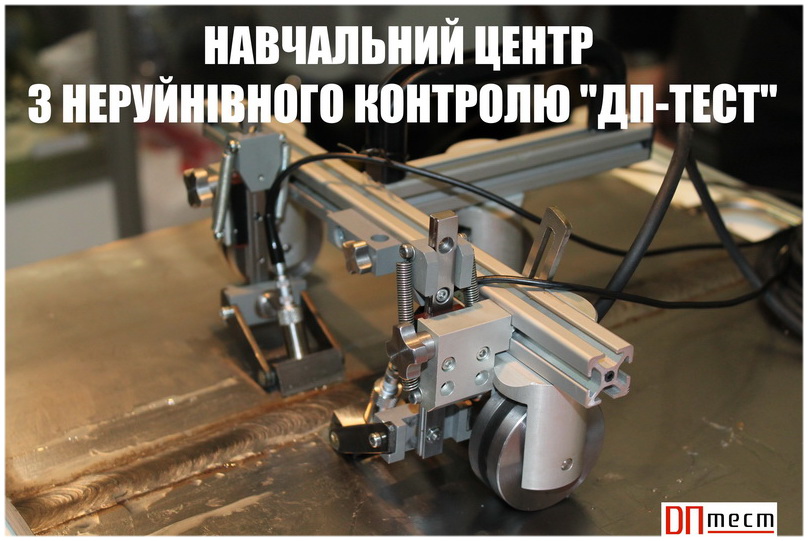In the master's thesis, a magnetic inspection system for detecting defects in the side frames of freight car bogies was developed and investigated.
Relevance of the topic:
The relevance of the topic of the master's thesis is to solve the important problem of improving the safety of railway transport by developing a modern automated method of non-destructive testing. The side frames of freight car bogies are critical structural elements that are subjected to intense cyclic loads. This significantly increases the risk of defects such as cracks and pores, which can cause serious accidents and jeopardize transportation safety.
The main disadvantage of existing inspection systems is the long duration of the inspection, which in some cases can be several days. This duration creates serious obstacles to ensuring uninterrupted railcar operation and timely repair work. In addition, existing non-destructive testing methods have a number of other limitations, including the high cost of equipment, the dependence of results on operator qualifications, and the difficulty of performing inspections in hard-to-reach places.
The proposed automation of control is based on the use of sensors mounted on a flexible non-magnetic material that covers the entire scanning area. This allows for full automation of the inspection process, ensuring efficient acquisition, storage and analysis of inspection reports. This approach eliminates the need for expensive robotic manipulators for sensor positioning, which significantly reduces inspection time and material costs. At the same time, it helps to increase the reliability of the inspection results, which is critical for ensuring the safety of railway transport.
Other advantages of the method include:
- Reduced physical wear and tear on sensors due to their static location. This is critical for objects with rough surfaces that can quickly damage sensors with traditional scanning methods.
- Ability to detect defects at deeper levels. The system allows the sensors to be placed up to 5 mm from the surface, which minimizes contact with the material and outperforms methods such as eddy current inspection in their ability to penetrate deeper.
Thus, automation based on static sensors ensures efficiency, sensitivity and accuracy of defect detection, while reducing operating costs and extending sensor life, and expands the ability to work with objects of complex geometry. This makes the proposed technology particularly relevant for improving the safety and efficiency of railway transport maintenance.
The object of study is a magnetic field that is perturbed in the area of defects. Purpose: to create a model for determining the characteristics of scattering fields at different types and sizes of defects, as well as to build a model of the control system for conducting experimental studies and comparing their results with model data.
Research method: based on mathematical modeling using the finite difference method. The side frames of freight car bogies have an increased probability of defects in certain areas, which can cause accidents. In this paper, we have carried out mathematical modeling to determine the magnetic scattering fields arising from the presence of both surface and subsurface defects. Based on the results obtained, a model of a magnetic control system was developed that uses a linear magnetic matrix transducer based on magnetoresistive sensors. It is proposed to use the gradient of magnetic field change as an informative parameter. In further studies, it is proposed to use a transducer in which mechanical scanning is replaced by electronic scanning, which is realized by means of a matrix of magnetoresistors fixed on a flexible base.
Scientific novelty: consists in the creation of an innovative magnetic system of automated non-destructive testing, which combines the latest advances in the field of magnetoresistive technologies, modern microcontrollers and cross-platform software. The main aspects of novelty include:
- Automation of the control process through the use of static sensors that capture results in real time and transmit data via Bluetooth to cross-platform software for visualization and analysis. This approach improves the accuracy and speed of control and reduces the human factor.
- Development and implementation of a matrix of magnetoresistive sensors, which enables electronic scanning without mechanical movement of the sensors. This significantly reduces sensor wear and eliminates the dependence of control results on the state of the object's surface.
Research advisor: V.Bazhenov









